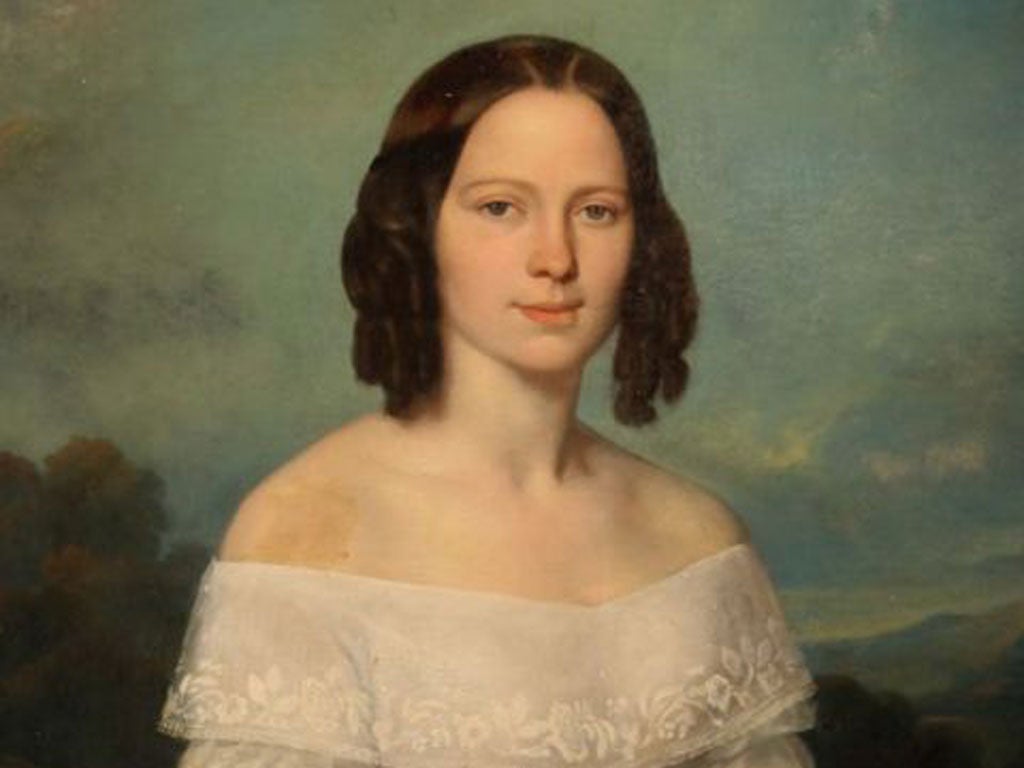The Pinecone: The Story of Sarah Losh, By Jenny Uglow
A biography in which architecture collides with history to spectacular effect

Your support helps us to tell the story
From reproductive rights to climate change to Big Tech, The Independent is on the ground when the story is developing. Whether it's investigating the financials of Elon Musk's pro-Trump PAC or producing our latest documentary, 'The A Word', which shines a light on the American women fighting for reproductive rights, we know how important it is to parse out the facts from the messaging.
At such a critical moment in US history, we need reporters on the ground. Your donation allows us to keep sending journalists to speak to both sides of the story.
The Independent is trusted by Americans across the entire political spectrum. And unlike many other quality news outlets, we choose not to lock Americans out of our reporting and analysis with paywalls. We believe quality journalism should be available to everyone, paid for by those who can afford it.
Your support makes all the difference.At the heart of this astonishing book are two difficult things: an eccentric piece of architecture and a forgotten heroine who erased herself from history by destroying her papers. "It is crazy building without any doubt," wrote Nikolaus Pevsner of the church at Wreay, some five miles south of Carlisle. And though its maker, Sarah Losh, was able to draw on industrial wealth largely made in Newcastle, it is not she but her uncle James Losh whose toga-clad statue ornaments the city's Literary and Philosophical Society. In the hands of Jenny Uglow, author of a rollicking biography of Hogarth, The Lunar Men, a prize-winning biography of Thomas Bewick and lives of Mrs Gaskell and Charles II, a miracle occurs.
This book, in its rich fascination and achievement, stands alongside her best. "In mid-March the Cumbrian skies are sometimes a clear, cutting blue." So it begins. Having grown up in this region, Uglow has a special feeling for it. After a brief prologue about the church at Wreay (the pronunciation should rhyme with near), she unfolds, not just village life, rural life and that of nearby Carlisle, but the texture, economics and political tensions of the late 18th and early 19th centuries. She is especially good on weather. Her characters move in a world of immediate, tangible and changeable conditions.
Years of editing, which Uglow performs in parallel with her career as a writer, has left her extremely gifted at book construction. Almost every touch in this historical canvas adds up. Eventually the narrative glows in the mind with the intensity of a Pre-Raphaelite landscape.
Architecture is key to the layering of history in this area. Both the Romans and Celts left their mark, and the Arlosh family (later shortened to Losh) can first be identified as "grangers" who looked after the farms connected with Holm Cultram Abbey, a Cistercian foundation. By the time Sarah was born in 1786, her family had become landowners and were beginning to make their fortune though the manufacture of alkali. Sarah's father, with his scientific interests and passion for trees, died young, but she and sister Katherine were surrounded by a family which was liberal and progressive. Wordsworth and Coleridge were friends.
Sarah and her sister inherited the home. There was never any mention of marriage and the sisters lived happily together. Uglow's portrait of Sarah as an independent-minded woman is wholly convincing. Public paths are moved to improve views; a chapel is built. Sarah founds a school and restores a church.
But the church at Wreay is her greatest work. Built in the shape of an Italian basilica, it is encrusted, inside and out, with rustic carvings of plants, figures, animals, insects and the recurrent pinecone. Sarah herself carved two alabaster candleholders, as well as the font. Without written evidence, it is hard to decode the symbolism behind this riot of imagery. Normally generous, Uglow gives short shrift to a Canon who converted a stork into a pelican in his attempt to give every detail a Christian interpretation. To someone with a deep passion for small details, such inattention must be wholly unacceptable.
The Pinecone: The Story of Sarah Losh By Jenny Uglow Faber & Faber, £20 Order at a discount from the Independent Online Shop
Join our commenting forum
Join thought-provoking conversations, follow other Independent readers and see their replies
Comments